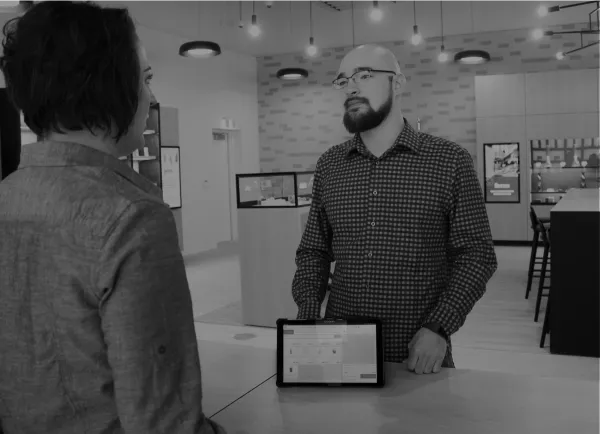
Hiring is hard, and hiring for a startup is even harder. Especially in the early days, every hire you make is crucial. Adding the wrong person to your team can adversely affect the entire company in a big way, slowing you down and making it that much more difficult to reach your goals. When CB Insights analyzed the main reasons startups fail, team issues ranked at #3, above big issues like competition and poor business model.
It’s little wonder that, year after year, State of Startups finds “hiring the right people” at the top of their list of concerns for startup CEOs year after year.
One of the key ways to protect against making a bad hire is to run a formal hiring process for every role you fill. Below, you’ll find out why a formal process is so important, and how you can make it work, regardless of the stage you’re at.
Why have a process?
There are plenty of reasons you might be inclined to forego a set hiring process and follow your gut. Setting up a process is a lot of work. Following a traditional interview process might feel corporate, or more appropriate for companies much larger than yours. And executing on that process with candidate after candidate takes up valuable time, and you have a company to build.
Here’s the thing—you need to be running an interview process. It drastically increases your chances of making the right hire, whether you’re adding employee number 5, 50 or 500. The time you lose running a formal process is nothing compared to the time you’ll lose if you make a bad hire.
There are plenty of resources out there about how to structure your interview process, but most aren’t written with the startup leader in mind. Here are a few steps to follow to build and run a formal interview process amidst all of your competing priorities:
Make everyone apply
When you’re starting out, your network is the best place to find quality candidates. That means you’re going to meet people you want to hire in a lot of informal ways—from star events and happy hours to LinkedIn introductions.
Here’s the thing, though: no matter how you’re introduced, eventually you need to make every candidate apply with a resume and answers to a few application or survey questions. You want everyone to begin on as even a playing field as possible. A lightweight applicant tracking system makes this easy, but you can also use a web form and a spreadsheet. Once your candidates have applied, you can use their resumes and answers to decide who you want to give more time to.
Screen liberally
With your formal applications in tow, set up a screener interview with every candidate that looks interesting. This should be a quick discussion—20 minutes at most—that gives you a sense of the person that you’re talking to. Keeping these conversations short allows you to talk with more people, and make sure that no one exceptional slips through the cracks.
Interview sparingly
This is where you can rely on your gut. If you aren’t excited about a candidate after the screener call, don’t interview them. An ideal interview takes at least an hour and typically includes more than one person at your company. That makes every interview you conduct a pretty expensive prospect, both in terms of cash and opportunity cost. Don’t interview anyone you don’t genuinely think you want to hire.
Know what you’re looking for
Before you conduct your longer interviews, you should make sure you know what you’re looking for. I generally advise making a list that includes the following items:
Must-haves
Any candidate you hire must possess these qualities, skills or experiences. You shouldn’t break these, so don’t put too many items under this category.
Important
These are qualifications or traits that are directly related to the role, but don’t disqualify someone if they don’t have them. This should be your longest list.
Bonus points
Qualifications or traits you don’t expect candidates to have, but could be a big help in the position, or to the company as a whole.
After you’ve conducted each interview, measure the candidate against this list. It’s OK to hire someone who doesn’t check every box, and it’s even OK to choose a candidate who checks fewer boxes than another candidate you interviewed, but having the list before your interviews gives you something to measure against. If you deviate from it after the fact, you’ll be making an intentional decision.
Don’t go it alone
Finally, unless you’re a company of one, you shouldn’t be conducting final interviews alone. You need at least one other person in the room to provide a different perspective on each candidate, to help you debrief after interviews and deliberate on who to hire. I’ve never been on a hiring team that had unanimous impressions of a candidate—even when they all thought the candidate should be hired. A little perspective goes a long way.
All of the above is a good outline for how a formal interview process can work at a startup. It may seem daunting at the start, but it will help you hire with confidence and increase the likelihood that you find the right candidate for each role you fill.



